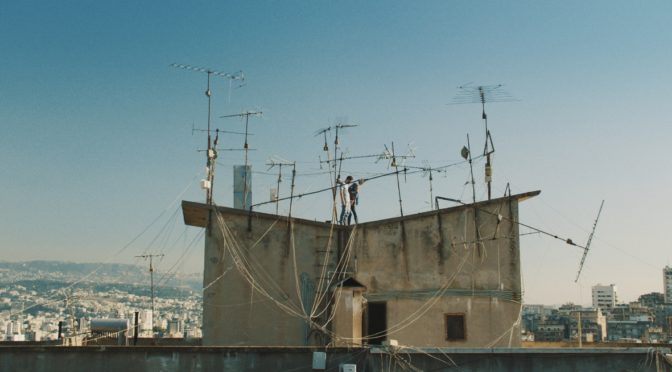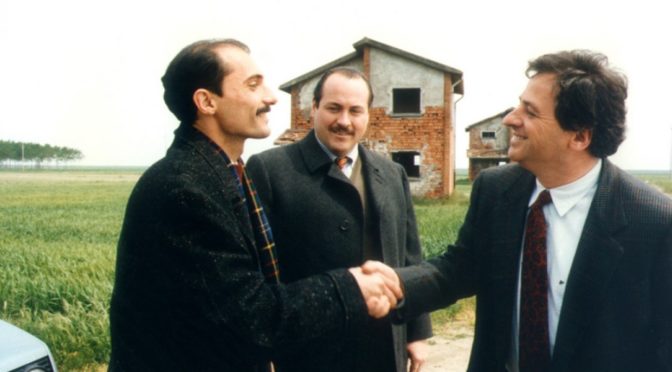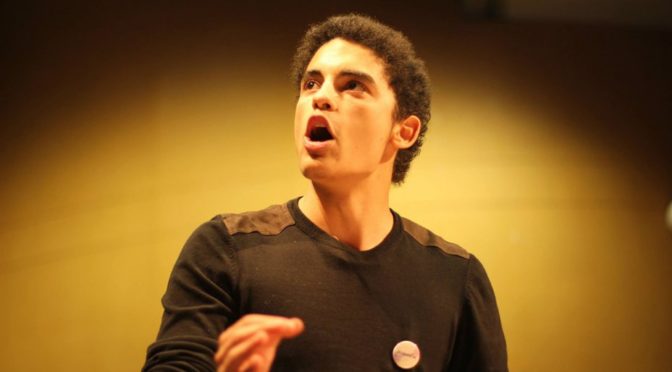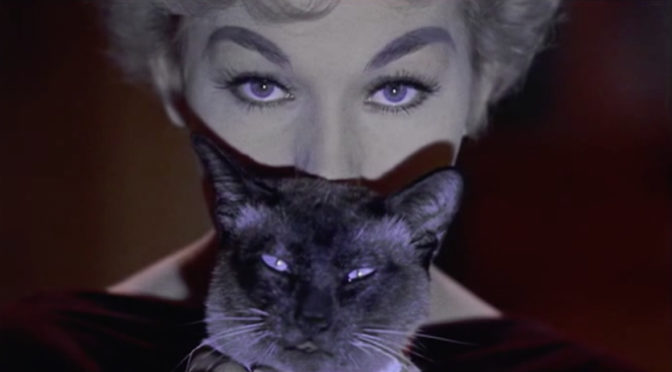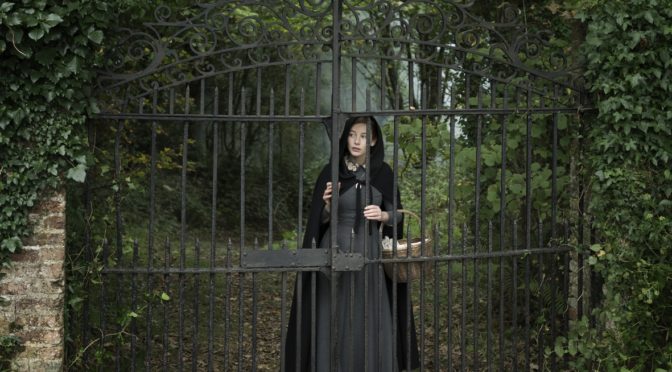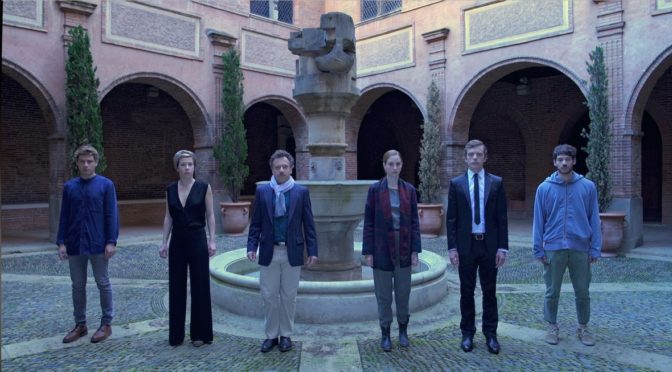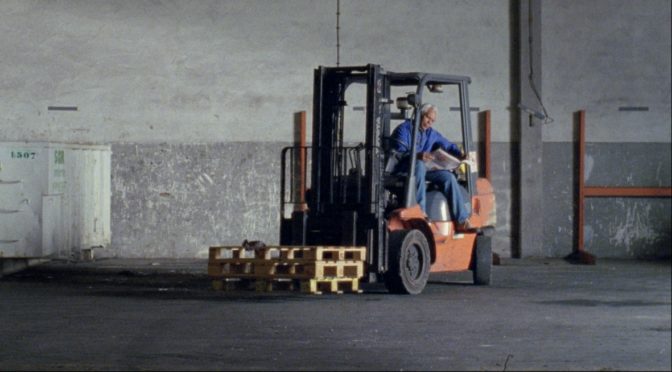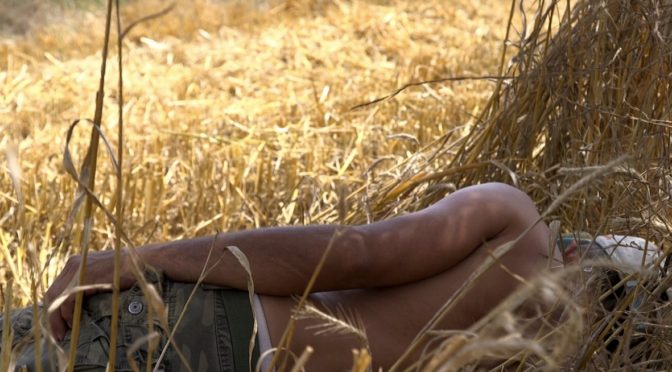In Brasile mancano pochi minuti all’inizio dei mondiali FIFA e dall’altra parte del mondo, a Beirut, fervono i preparativi per il grande evento. Gli appassionati sono in fibrillazione, sui balconi sventolano le bandiere e la voce del telecronista arabo scandisce il passare degli attimi.
È già tutto pronto, quando una strana interferenza disturba il segnale. I tifosi si precipitano sui tetti, smontano e rimontano le antenne, le ruotano, le inclinano, tentano di orientarle nella giusta direzione ma ogni sforzo è inutile. Le frequenze sembrano schermate.

